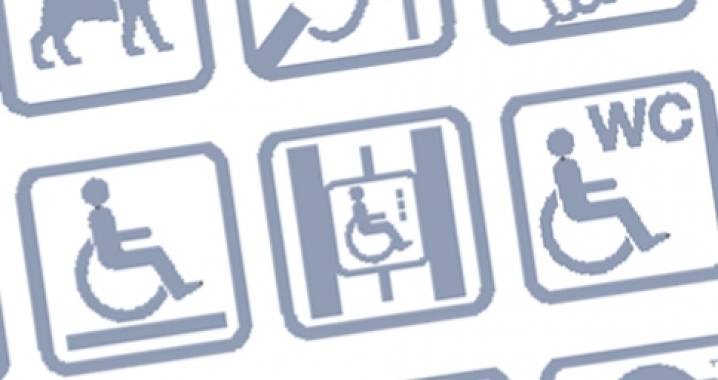Making Europe Accessible
What does the Accessibility Act bring to the housing sector?
Brussels, 18 December 2015 | Published in Social
On 2 December, several months after signing the UN Convention on the rights of people with disabilities, the European Commission proposed the European Accessibility Act. It is actually a Directive on the approximation of the laws, regulations and administrative provisions of the Member States as regards the accessibility requirements for products and services.
Aim of the Act
Commissioner Thyssen stressed that the Accessibility Act will ensure that innovative, affordable and accessible goods and services will be available for persons with disabilities in the EU internal market.
The Commission proposal is that the common objectives and general rules are set, but the definition on how to achieve those objectives, taking into account national circumstances, is left to the discretion of Member States.[1] The requirements would also apply in the frame of EU procurement rules and for the use of ESI funds.
What is relevant for the housing sector?
- Public procurement
Housing services are not part of the scope of the Directive. However, as this legislation applies on the procedures of public procurement (mentioned in Chapter IV[2]), it means that when housing companies will launch a public procurement for the construction or refurbishment of housing units, it must, when appropriate to the purpose of the contract, take into consideration in the selection criteria the accessibility requirements defined by Annex I section IX.
“The accessibility to persons with functional limitations, including persons with disabilities, of the built environment for its foreseeable use in an independent manner, shall include the following aspects of areas intended for public access:
(a) use of related outdoor areas and facilities;
(b) approaches to buildings;
(c) use of entrances;
(d) use of paths in horizontal circulation;
(e) use of paths in vertical circulation;
(f) use of rooms by the public;
(g) use of equipment and facilities;
(h) use of toilets and sanitary facilities;
(i) use of exits, evacuation routes and concepts for emergency planning;
(j) communication and orientation via more than one sensory channel;
(k) use of facilities and buildings for their intended purpose;
(l) protection from hazards in the environment indoors and outdoors.”
Read MoreIndeed, Article 42 of Public Procurement Directive sets that the Accessibility Act will be the reference for technical specifications. Where mandatory accessibility requirements are adopted by a legal act of the Union, technical specifications shall, as far as accessibility criteria for persons with disabilities or design for all users are concerned, be defined by reference thereto.
What is the next step in the adoption of the Act?
An initial consultation period of 8 weeks starts in which stakeholders can give their feedback. It will be followed by the regular legislative procedure involving the European Parliament and the Council of the European Union.
[1] Article 26: “Member States shall lay down the rules on penalties applicable to infringements of the national provisions”
[2] The Accessibility requirements set out in Section IX of Annex I shall apply:
(a) When establishing the technical specifications and award criteria related to all public contracts and concessions the object of which is intended for use by persons, whether general public or staff of the contracting authority or contracting entity, which are subject to Directive 2014/23/EU,[1] Directive 2014/24/EU[2] and Directive 2014/25/EU.[3]